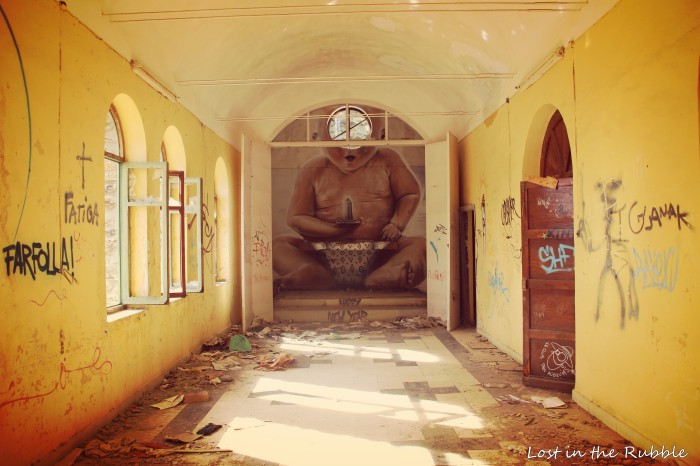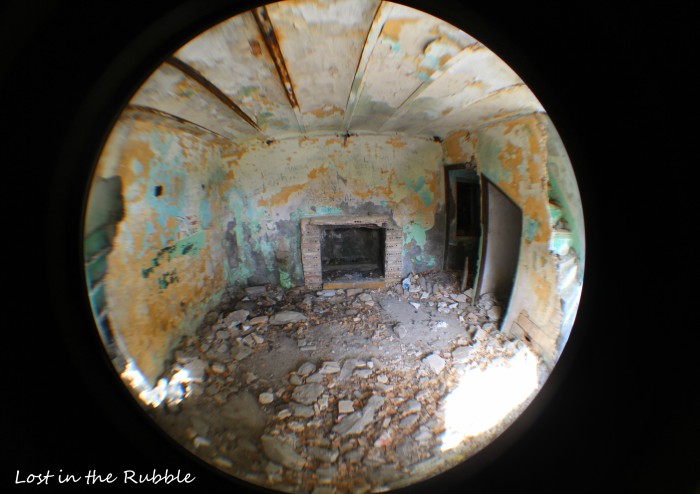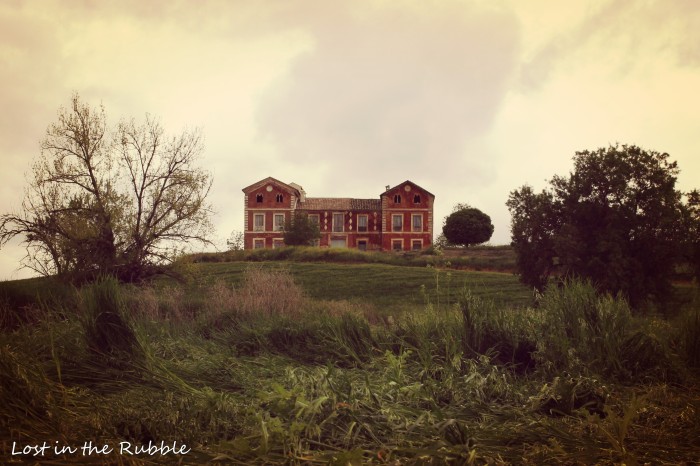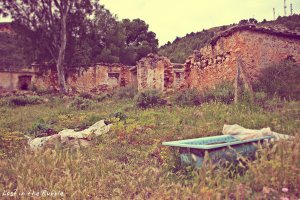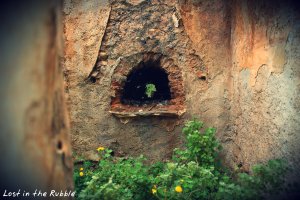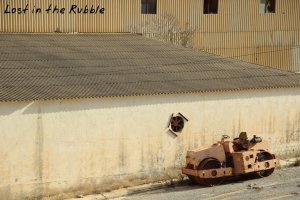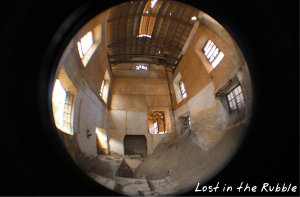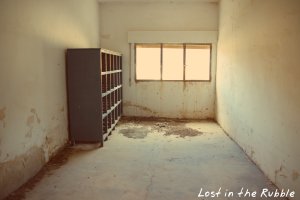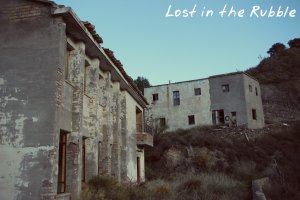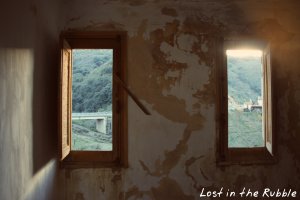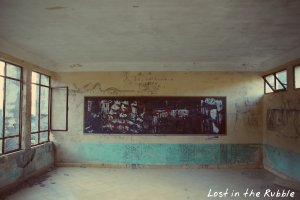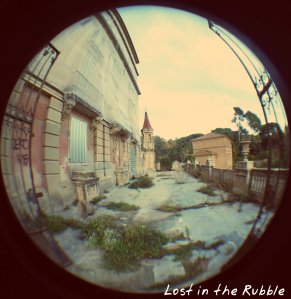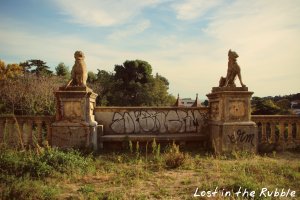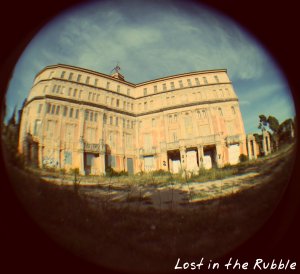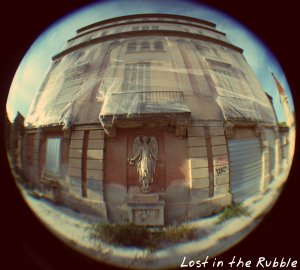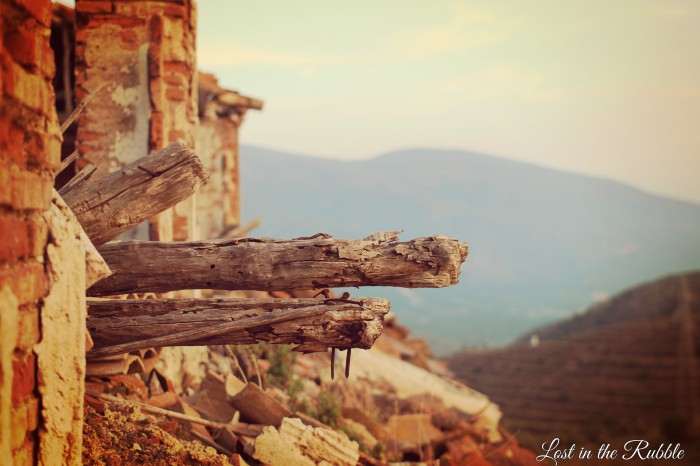



Here is a common view in the reddening, sun-sore fields of the Sierra Nevada farmland – a once beautiful farm building now decaying into the ground, melting like the Dali inspired clocks as society changes, again.
I climbed to the top of the roof structure and watched the sun set whilst my new exploring friend, Mango, toured the different levels beneath us. The red bricks dissolved into the red sun as I left here feeling very content; despite it being another sad story of capitalism’s impact on rural Spain as traditional farming becomes lost in the rubble…
